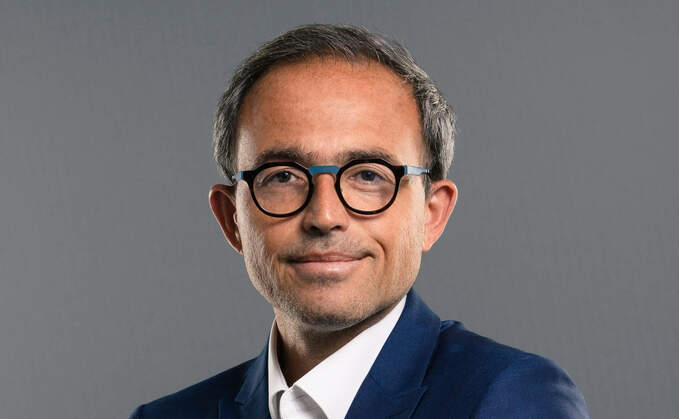
Charles-Henry Monchau
Ten years ago, the Tohoku earthquake hit Japan. Though 18,000 people were tragically killed by the tsunami, it was the nuclear meltdown at the Fukushima Daiichi Nuclear Power Plant that received the most attention outside Japan.
In the aftermath of the disaster, many countries established a moratorium on nuclear energy. The trough in uranium prices was seen at the end of 2016 at $18 a pound, a 75% drawdown from the $71 per pound level pre-Fukushima. For uranium miners, performance was worse, and the bear market lasted even longer with a trough in March 2020, after a 93% decline for the Global X Uranium ETF.
A year ago, an investor could have - theoretically - bought all the shares in every listed uranium company in the world for under $12bn.
The road to recovery
Starting in 2017, all uranium mines began to reduce supply, as at $18 a pound, most uranium mines were unprofitable. Cameco and Kazatomprom, the two largest producers in the world, have eliminated 17.5% of the world supply.
In 2020, the pandemic had significant effects on production. Kazatomprom had to downsize its operations, while Cameco announced the temporary suspension of the world's largest uranium mine.
However, it was not the closure of some mining facilities that triggered the start of a bull market for uranium-related equities. Rather, it was the massive inflows into the mining stocks from institutional investors in anticipation of a pick-up in demand for physical uranium. These flows triggered an acceleration in the bull market from the end of 2020.
A trust changed the market
In April 2021, Sprott, a Canada-based global investment manager took over Uranium Participation Corporation (UPC) and renamed it Sprott Physical Uranium trust.
While the previous trust held a static amount of uranium, the new vehicle takes a very different approach. A mechanism allows Sprott to issue new units each time the trust trades at a premium to its net asset value (NAV). This extra cash can then be used to buy more uranium. This mechanism has created a virtuous circle: investors who hold uranium buy the trust, pushing the NAV premium up, forcing the trust to buy even more uranium. This drives up prices and attracts more investors to buy the trust. And so on.
At the same time, uranium development companies are raising capital to buy uranium for storage. This has the consequence of drastically reducing the available inventories, with meaningful effects on the price of uranium. While the price was about $28 at the end of March, it exceeded $50 in September, a dramatic increase, although the price remains below the level at which mines can afford to increase production ($60-$70). As a result, the market remains under-supplied by 50m per year as the trust and nuclear power stations search for inventory.
The case for uranium
Governments around the world are increasingly realising the importance of reliable, carbon-free power generation. Nuclear power emits nearly 70 times less carbon dioxide than coal, making it significantly less carbon-intensive than fossil fuels. In the meantime, costs for nuclear power plants tend to be quite low, given the minimal amount of material needed to power the plant.
In this context, it is not surprising to see some countries hinting they are (re)considering nuclear developments for the coming decades. In the US, Energy Secretary Jennifer Granholm recently stated: "Nuclear energy is essential to confronting the crisis of our lifetime: climate change."
At the same time, the energy crisis in Europe has forced politicians and citizens to recognise the inescapable logic of nuclear energy. Features such as reliability, resiliency of production, price stability and superior energy security have put new nuclear construction back on the agenda. In Japan, recently elected Prime Minister Fumio Kishida has stated it is crucial to re-start nuclear power plants. Meanwhile, China is planning at least 150 new reactors in the next 15 years, more than the rest of the world has built in the past 35.
ESG could be a further tailwind. Indeed, nuclear will probably be qualified as a green investment within the framework of the EU's sustainable finance taxonomy. This could change the perception of the sector, as it is possible many investors have stayed away from uranium for exclusion/eligibility reasons.
For investors looking for straightforward exposure to physical uranium, the aforementioned trust is probably the only available option. The Sprott trust currently trades on the Toronto Stock Exchange under the tickers U-UN (Canadian dollars) and U-U (US dollars). The trust trades at a discount or a premium to net asset value, and can be quite volatile.
Charles-Henry Monchau is CIO at Bank SYZ













